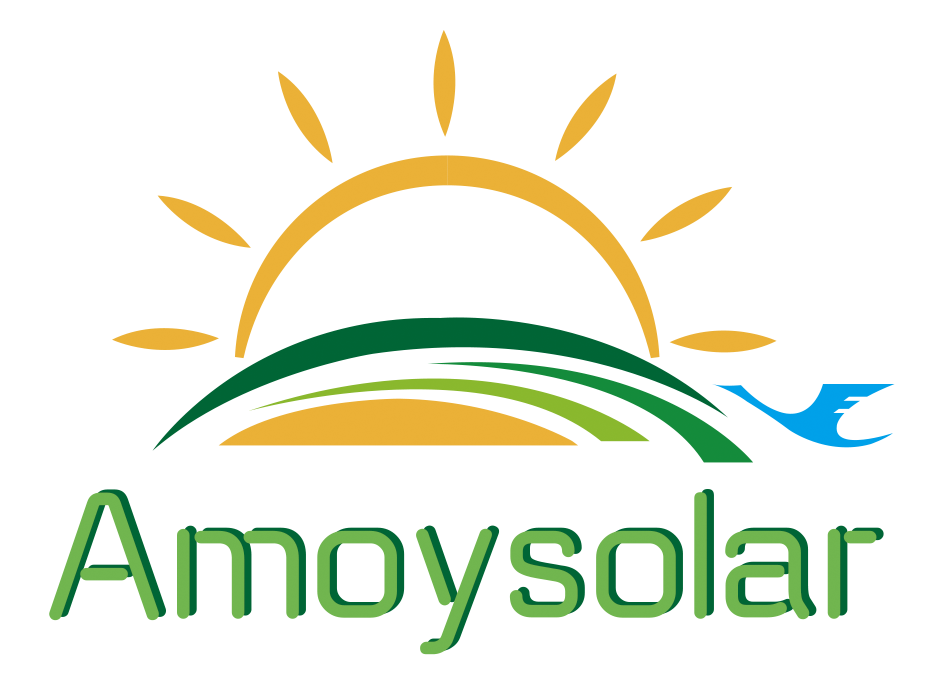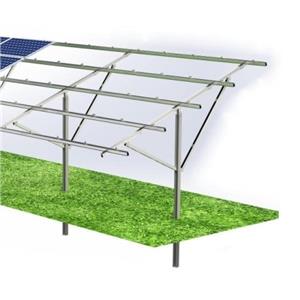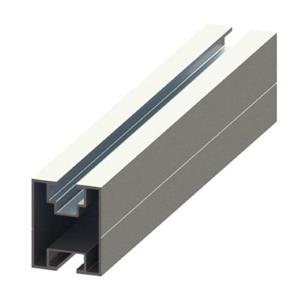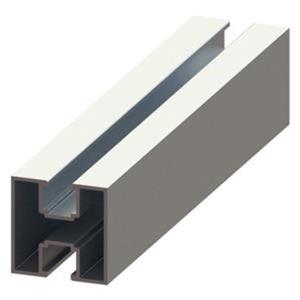8 Types Of Foundations Commonly Used In Photovoltaic Brackets
A reasonable form of photovoltaic support can improve the system's ability to resist wind and snow loads, and the reasonable use of the characteristics of the photovoltaic support system in terms of bearing capacity can further optimize its size parameters, save materials, and contribute to the further reduction of photovoltaic system costs.
The loads acting on the basis of the photovoltaic module bracket mainly include: the weight of the bracket and the photovoltaic module (constant load), wind load, snow load, temperature load and seismic load. The main control function is wind load. Therefore, the foundation design should ensure the stability of the foundation under the action of wind load. Under the action of wind load, the foundation may be damaged such as pulling up and fracture. The foundation design should be able to ensure the force here. No damage occurs.
Let's learn about the types of ground photovoltaic support foundation and flat roof photovoltaic support foundation and what are their characteristics.
Ground photovoltaic support foundation
Bored pile foundation:
Hole formation is more convenient, the top elevation of the foundation can be adjusted according to the terrain, the top elevation is easy to control, the amount of concrete reinforcement is small, the amount of excavation is small, the construction is fast, and the damage to the original vegetation is small. However, there are concrete holes and pouring on site, which are suitable for general fill, cohesive soil, silt, sand, etc.
Steel spiral foundation:
It is convenient to make holes, and the elevation of the top surface can be adjusted according to the terrain, and is not affected by groundwater. The construction is carried out as usual in winter weather conditions, the construction is fast, the elevation adjustment is flexible, and the damage to the natural environment is small. Small, no leveling is required. Suitable for deserts, grasslands, tidal flats, neighboring walls, frozen soils, etc. However, the steel is relatively large, and it is not suitable for strong corrosive foundations and rock foundations.
Independent foundation:
The strongest water load resistance, flood resistance and wind resistance. It requires the largest amount of reinforced concrete, a lot of labor, a large amount of earth excavation and backfilling, a long construction period, and great damage to the environment. It has been rarely used in photovoltaic projects.
Reinforced concrete strip foundation:
This type of foundation form is mostly used in flat single-axis tracking photovoltaic supports with poor foundation bearing capacity, relatively flat sites, low groundwater levels, and high requirements for uneven settlement.
Precast pile foundation:
Prestressed concrete pipe piles with a diameter of about 300mm or square piles with a cross-sectional size of about 200*200 are driven into the soil. Steel plates or bolts are reserved on the top to connect with the front and rear columns of the upper support. The depth is generally less than 3 meters. The construction is simple and fast .
Bored pile foundation:
The cost is low, but the requirements for the soil layer are higher. It is suitable for silty soil with a certain degree of compactness or plastic and hard plastic silty clay. It is not suitable for loose sandy soil, and hard pebbles or broken soil. Stones may have problems that are not easy to form holes.
Steel spiral pile foundation(ground screws) :
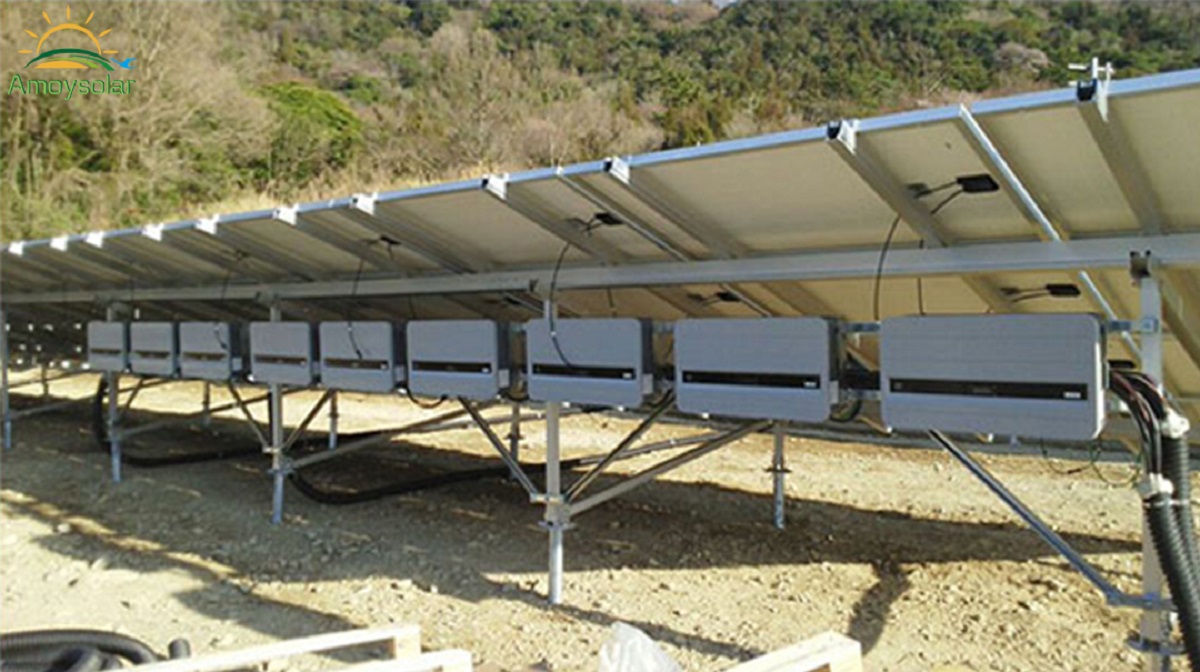
Special machinery is used to screw it into the soil, the construction speed is fast, there is no need for site leveling, no earthwork and no concrete, to maximize the protection of vegetation in the field, the height of the support can be adjusted according to the terrain, and the spiral pile can be used twice.
Basic cement counterweight method for flat roof photovoltaic support:

Pouring cement piers on the cement roof is a common installation method, which has stable advantages and does not damage the waterproofing of the roof.
Precast cement counterweight:
Compared with the production of cement piers, it saves time and cement buried parts.
